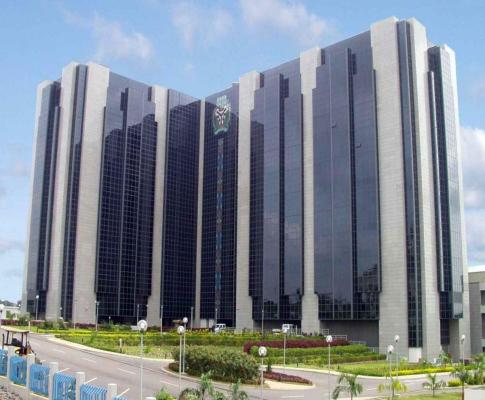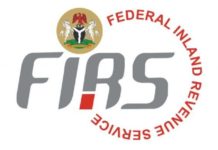The deposits of Nigerian banks with the Central Bank of Nigeria (CBN) reached a weekly high of N3.42 trillion by the end of last week. This significant increase followed the CBN’s recent adjustment to its Standing Deposit Facility (SDF) rate and operationalisation of an asymmetric corridor around the Monetary Policy Rate (MPR).
The CBN announced an increase in the SDF rate to 25.75% for deposits made by banks, while the Standing Lending Facility (SLF) rate was adjusted to 31.75%. These changes are part of a broader monetary policy shift aimed at reducing excess liquidity in the banking system and encouraging banks to lend more actively.
At the most recent Monetary Policy Committee (MPC) meeting, members voted to raise the MPR by 50 basis points to 26.75% from 26.25%. Additionally, the committee adjusted the asymmetric corridor around the MPR to +500/-100 basis points, while retaining the cash reserve ratio for deposit money banks at 45% and merchant banks at 14%. The liquidity ratio was also kept steady at 30%.
Experts suggest that these adjustments are designed to discourage banks from holding excess liquidity at the central bank and to promote increased lending activities, which could lead to higher interest rates on loans and deposits as banks adjust their cost of funds.
In the wake of the CBN’s policy changes, bank deposits at the central bank soared, with deposits reaching N1.09 trillion the day after the announcement. The total deposits for the past three weeks combined stood at N3.57 trillion, highlighting the impact of the CBN’s policy measures.
A CBN circular, signed by Omolara Duke, Director of the Financial Markets Department, detailed the new SDF rates. For deposits up to N3 billion, the rate is set at 25.75%, while deposits exceeding this amount will earn a lower rate of 19% for commercial and merchant banks. Payment service banks will receive 25.75% on deposits up to N1.50 billion, with amounts above this threshold also earning 19%.
These changes are expected to have a significant impact on the banking sector. By raising both the SLF and SDF rates, the CBN aims to curb excess liquidity, which has been identified as a key factor driving inflation. Earlier this year, during the February MPC meetings, committee members cited excess cash in circulation as a major contributor to accelerating inflation in the country.
Recent CBN data revealed that currency in circulation surged to an unprecedented N4.05 trillion in July 2024, marking an all-time high. Additionally, banks had borrowed over N3.02 trillion through the CBN’s Standing Lending Facility by the end of August, underscoring the liquidity needs of the banking sector.
Afrinvest, in its monthly market report, projected that the operationalisation of the SDF asymmetric corridor would reinforce market expectations. The report noted that the CBN’s decision to cut the interest rate on excess deposits above the N3 billion limit to 19% from 25.75% effectively lowers the theoretical floor for Treasury bills, assuming other factors remain constant. Afrinvest also estimated that N1.2 trillion in inflows from maturing Treasury bills and FGN bond coupons would improve liquidity dynamics in the coming weeks.
As the CBN continues to navigate Nigeria’s complex economic landscape, these policy adjustments are expected to play a crucial role in shaping the country’s monetary stability and economic growth trajectory.










